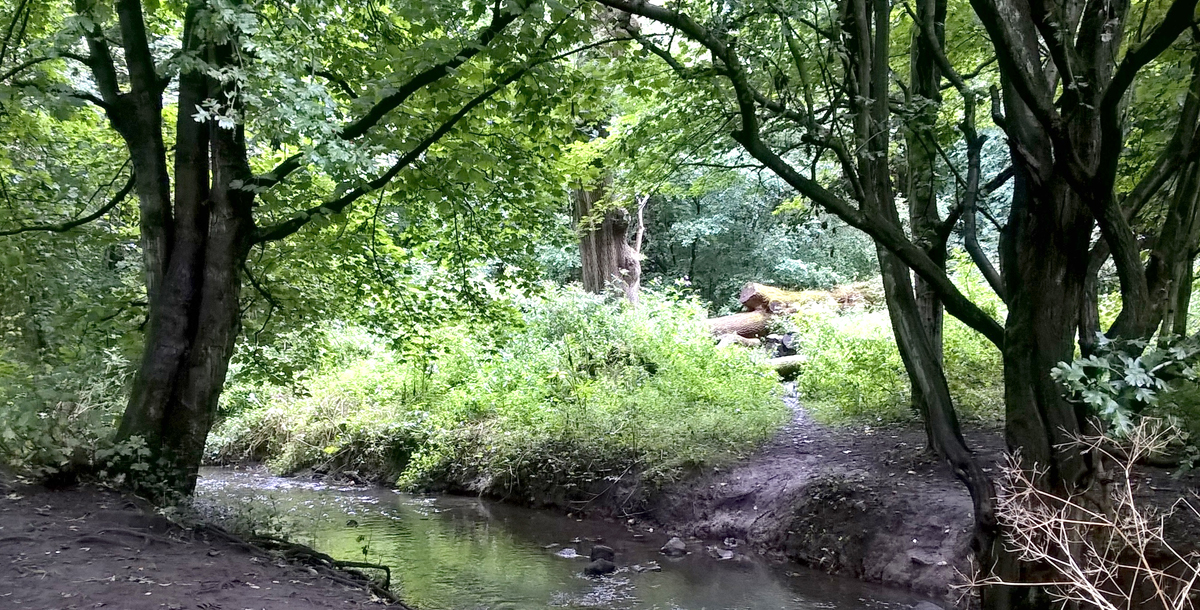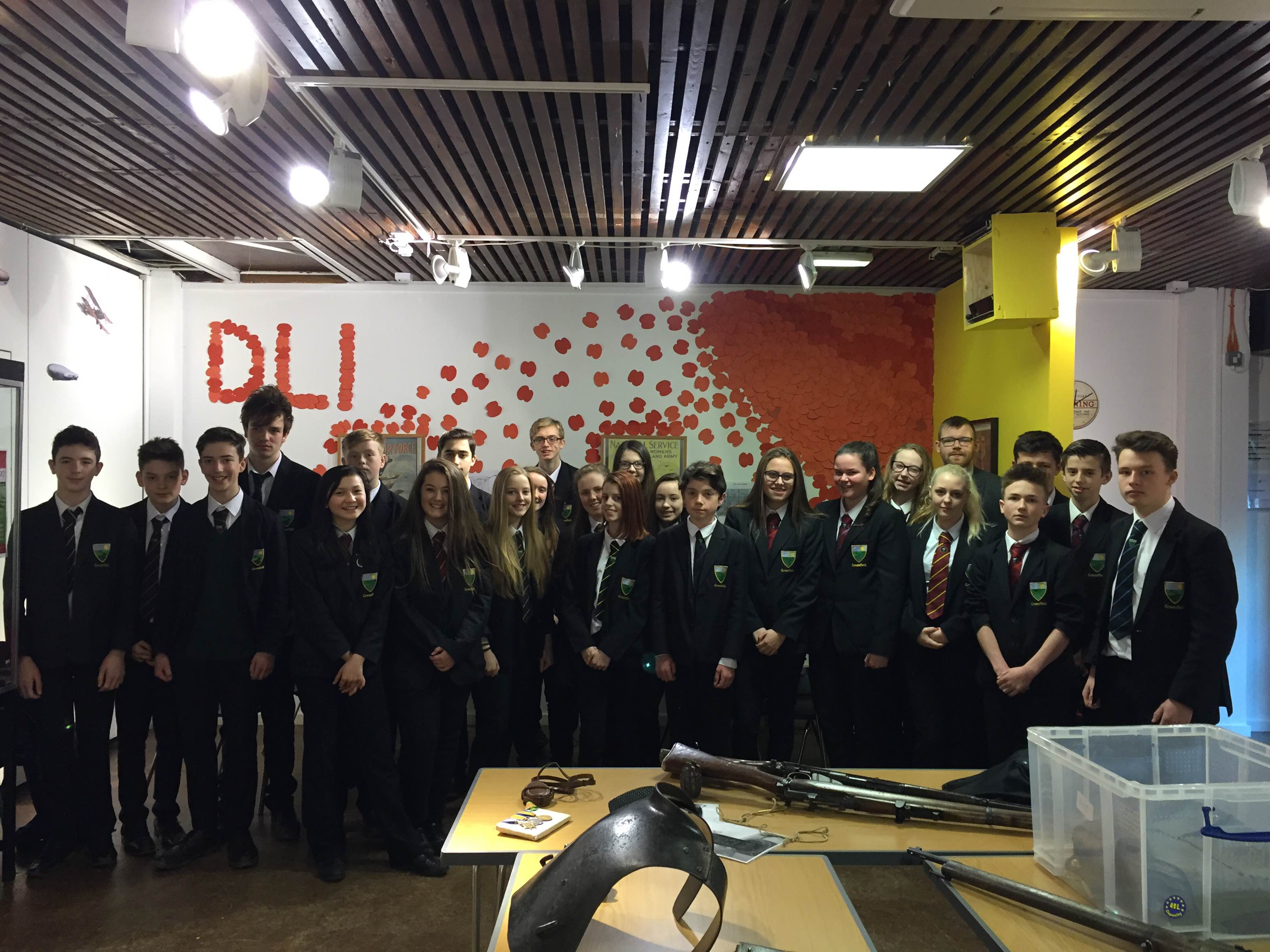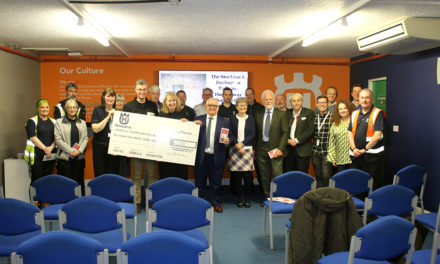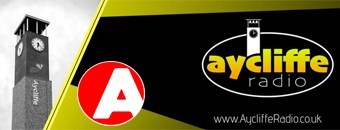The success of the Great Aycliffe Neighbourhood Plan, and the love of Aycliffe people for their ‘green areas’, proves that we value our environment … but how do we measure how valuable it is? Whilst I have been developing my arguments to try to save the Woodham Bridge site from housing, I have come across a rating system called ‘least-cost path analysis’ which allows us to do just that.
THE IDEA
The basic idea is this: how easily and safely can an animal travel through this environment?
Of course, roads are the worst place for fauna, followed by open spaces of any kind, and large expanses of water. Cut grass is no good either – we’ve all seen groups of starlings picking across our lawns, hoovering up even small insects.
So it turns out that the best habitat is what we have at the eastern end of Woodham Burn – a woodland, with a stream, and lots of ground cover bushes and brambles. Any stand of trees is good, because – as well as being a hiding-place for animals and a roost for birds – the trees turn the wind upwards, spreading wind-carried seeds and tiny insects much further.
‘Least-cost path analysis’, therefore, allows us to measure the value of land and (although there are many different scales available) I would suggest that a simple rule-of-thumb would be to imagine an animal trying to get across the area, judging how safe it would be in the environment you are studying.
SCORING THE ENVIRONMENT
SCORE 0 – for open spaces, wide water and cut grass.
SCORE 1 – if small animals like a field mouse or frog could do go unseen and safe.
SCORE 2 – if the habitat would hide a creature the size of an otter.
SCORE 3 – if a badger or a deer could go unnoticed.
Then add extra points if the area:
+1 – is more than 50 metres from the nearest house.
+1 – has any trees or shrubs (+2 if it is a wood).
+1 – is connected to the open countryside (+2 if connected on two or more sides).
+2 – has a stream running through it.
A NATURAL BEAUTY
I do hope that parents will teach their children this very simple way of evaluating the environment through which they are walking. Beauty, they say, is in the eye of the beholder, and I have received recently two letters from residents describing two of the most ecologically valuable areas in the town as ‘an eyesore’.
Rather, we should train up a generation which – whilst manicured lawns and maintained gardens indeed have their place – is able also to look at more natural areas and appreciate them as beautiful in an environmentally-valuable way.
John D Clare










